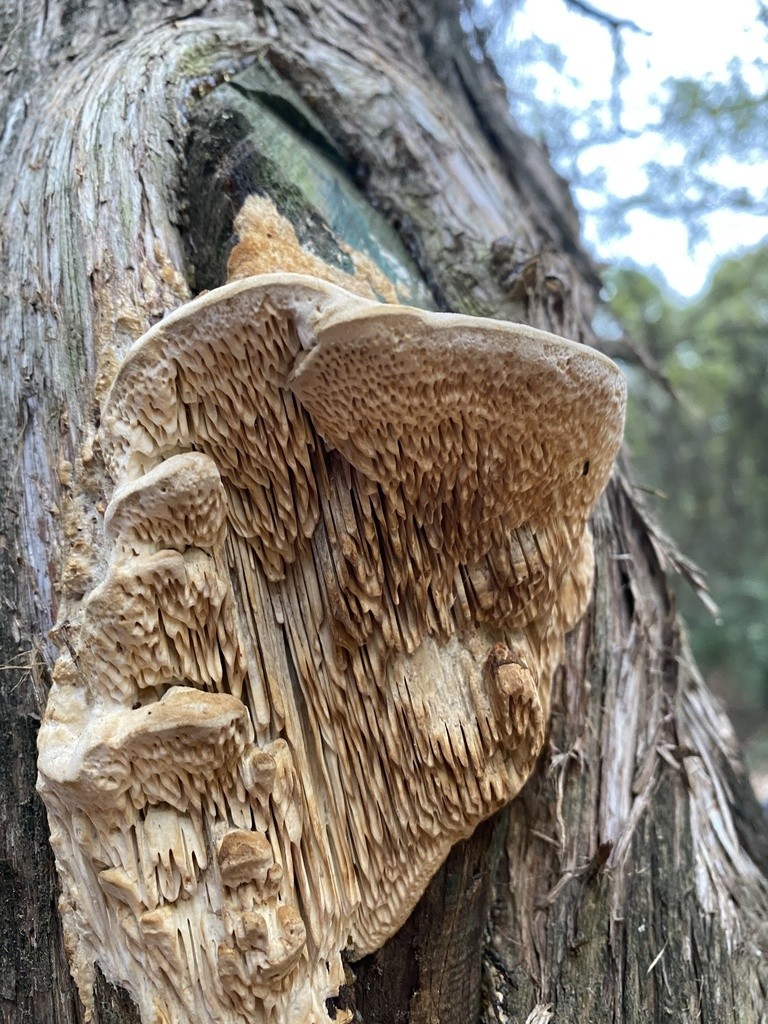Subantrodia
Scientific name: Subantrodia
Subantrodia
Scientific name: Subantrodia
 Photo By carrinajolene , used under CC-BY-NC-4.0 /Cropped and compressed from original
Photo By carrinajolene , used under CC-BY-NC-4.0 /Cropped and compressed from original Description
Subantrodia is a fascinating group within the kingdom of fungi known for its unique wood-decomposing abilities. They typically grow on dead or decaying wood, aiding in the natural recycling process by breaking down tough plant materials. Members of subantrodia are noted for their resilience in harsh environments, thriving in both wet and dry conditions. Some species within this group are also recognized for their intricate and often beautiful fruiting bodies, which can vary greatly in color and shape.
Species of Subantrodia
Care Guide for Subantrodia
Scientific Classification
Phylum
Club fungi Class
Mushroom-forming fungi Order
Shelf fungi Family
Bracket polypores Genus
Subantrodia